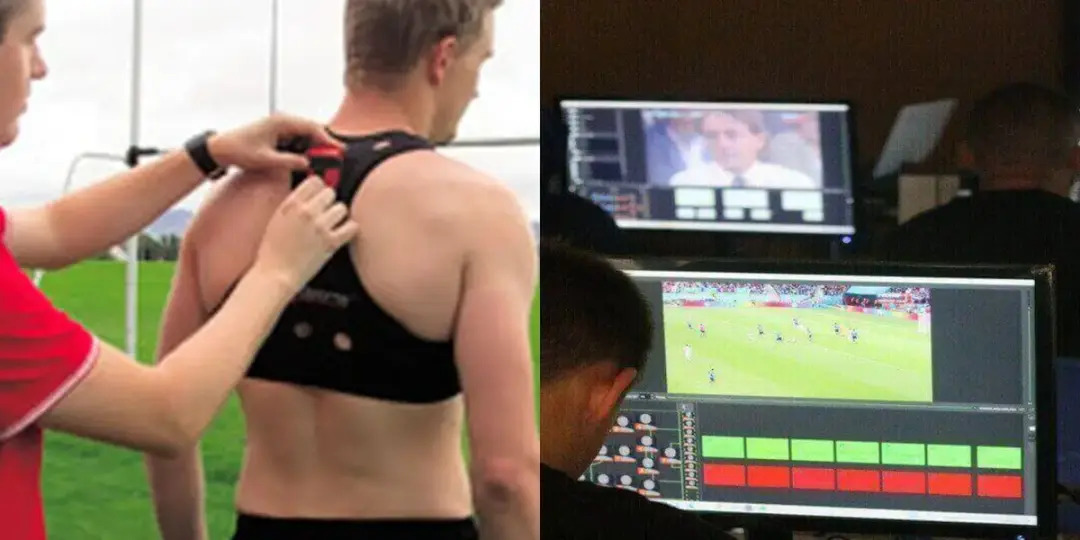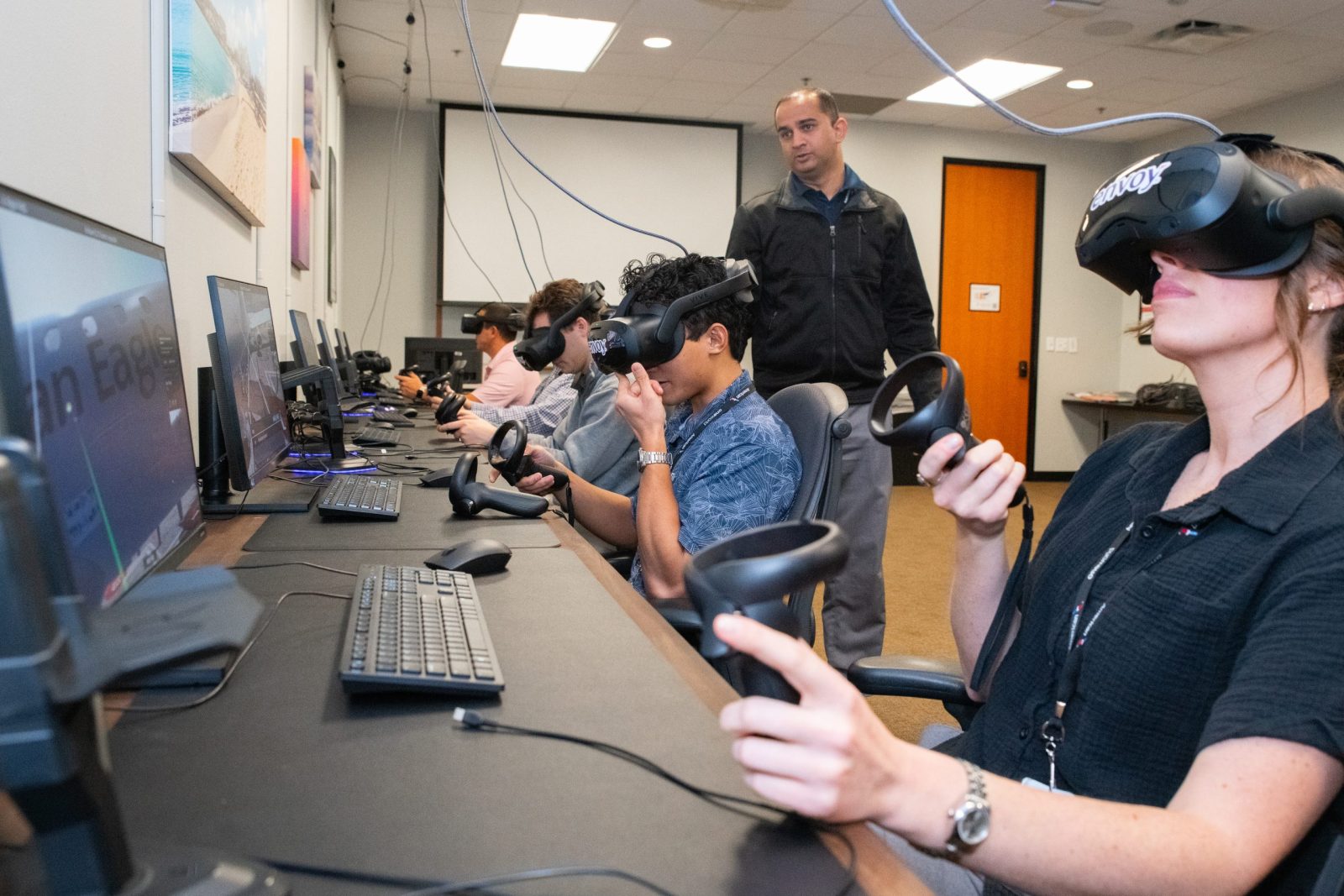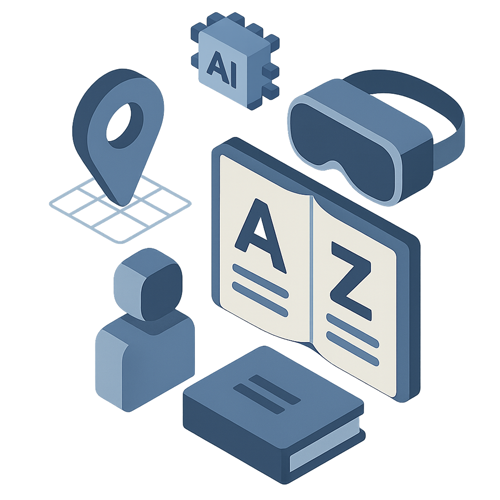In many low-resource countries, surgical training faces limitations due to a lack of equipment, mentors and opportunities for hands-on practice. Virtual reality (VR) technology has emerged as an affordable and scalable solution to bridge these gaps. Here are five ways VR is transforming surgical education in these regions.
5 Ways VR Surgical Training Transforms Countries
- Teaching Without Cadavers or Overseas Travel. Virtual reality surgical training allows surgeons to practice complex procedures without cadavers or international fellowships. In a joint session between Bahir Dar, Ethiopia and the United Kingdom (U.K.), 13 Ethiopian and 30 U.K. participants viewed 360° VR-recorded orthopedic operations with live commentary; nearly all delegates reported that VR training enhanced learning value, aided surgical performance and surpassed conventional resources. In a separate randomized controlled trial involving surgical residents, immersive VR significantly boosted self-confidence compared to traditional instruction. These results demonstrate that VR training yields measurable confidence gains in settings where cadaver access remains scarce.
- Training Surgeons in Nepal for Emergency Procedures. Oxford Medical Simulation (OMS) has partnered with global health educators to deliver VR-based emergency medical training scenarios in low-resource hospitals, including settings like Patan Hospital in Nepal. These applications let users practice decision‑making under pressure for emergencies such as trauma and obstetric crises. A pilot study showing that VR simulation is at least as effective as traditional simulation in acute care scenarios referenced Oxford’s platform and underscored its decision‑making training capabilities. At least 150 students showed that self-assessed competence was significantly higher in VR-based courses compared to e-learning alone, though similar to tutor-led sessions. Course suitability ratings favored tutor-led training, with VR ranked in the middle. Researchers concluded that while VR enhances the learning experience, the number of sutures performed during practice remains the strongest predictor of skill.
- Reducing Training Costs Dramatically. Traditional cadaver labs cost schools up to $10,000 per cadaver and limit how many students can train at once. Synthetic cadavers like SynDaver’s models cost around $70,000 but avoid tissue decay and pay for themselves within a few years. Virtual reality surgical training is even more affordable. VictoryXR’s virtual cadaver labs cost about $15,000 and let multiple students study photorealistic anatomy simultaneously. Though haptic feedback remains limited, VR reduces costs and expands access to advanced surgical training for schools with fewer resources.
- Enhancing Cataract Surgery Skills in Ethiopia. Orbis International teamed with FundamentalVR in 2025 to deliver virtual reality surgical training for cataract surgery to ophthalmologists across Ethiopia. The new tool uses affordable gaming hardware and focuses on manual small-incision cataract surgery, the technique most commonly performed in low-resource countries. It enables independent learning through automated performance monitoring and feedback, helping residents build skills in a realistic simulation before entering the operating room. The VR platform integrates with Orbis’s telemedicine and e-learning platform, Cybersight and is already in use at partner hospitals in Ethiopia, Bangladesh, China, Mongolia and India. By targeting local surgical methods and offering affordable, portable training, this program aims to grow the number of skilled cataract surgeons and improve patient outcomes in underserved communities.
- Improving Competency for Laparoscopic Surgeries. OMS launched VR training for laparoscopic cholecystectomy in partnership with local medical universities in countries like Nepal and Ethiopia. Trainees practiced precision skills such as bead placement, bead transfer, balloon cutting and intracorporeal suturing. Post-training assessments showed significant improvements, with task completion times reduced by up to 137.8 seconds for suturing exercises. The mean workshop score increased from 8.15 to 9.3, reflecting greater surgical proficiency and confidence. Sentiment analysis also found that 88% of participants reported an increased interest in pursuing surgery as a career.
Strengthening Surgical Training Systems
Virtual reality surgical training is revolutionizing how surgeons gain critical skills in low-resource nations. By eliminating reliance on cadavers, costly labs and overseas fellowships, these programs empower countries to build strong surgical workforces locally. Early results show marked gains in surgeon competency, speed and confidence. As this technology continues to expand, it holds the potential to transform patient outcomes and strengthen health systems where surgical care has long been out of reach.
Quelle:






